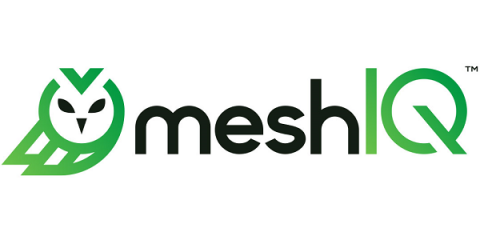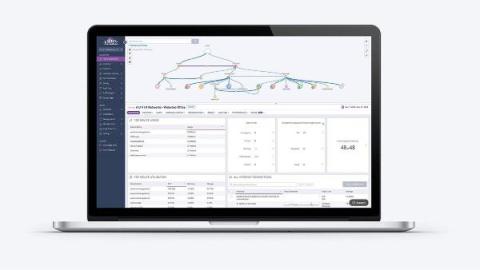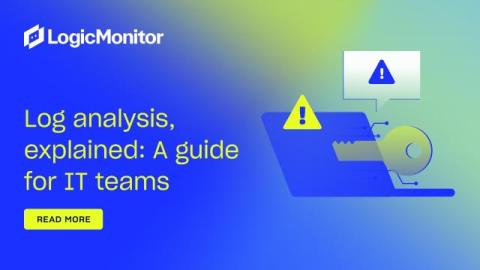Metrics as a Service (MaaS) 101
Metrics as a Service (MaaS) offers a scalable, cloud-based solution for collecting, storing, and analyzing performance data. By leveraging MaaS platforms, organizations can gain valuable insights into their systems’ behavior and optimize their operations.











